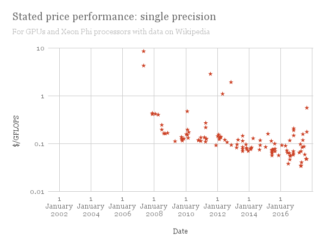
Pages

AI Timelines

Hardware and AI Timelines

AI Timelines

Uncategorized

Continuity of progress

AI Timelines

AI Timelines

AI Timelines

Accuracy of AI Predictions

AI Timelines